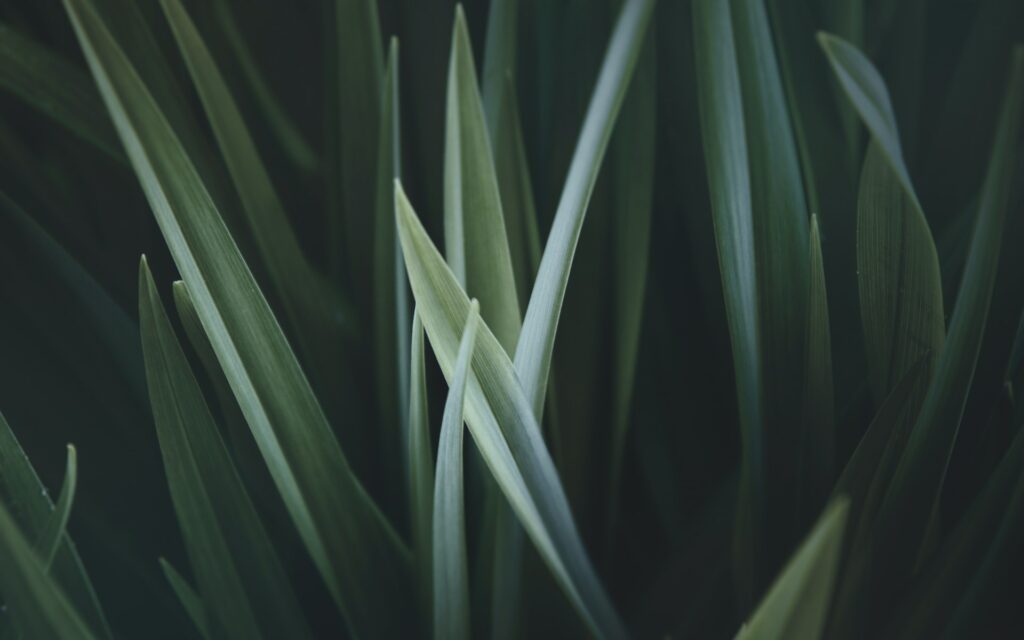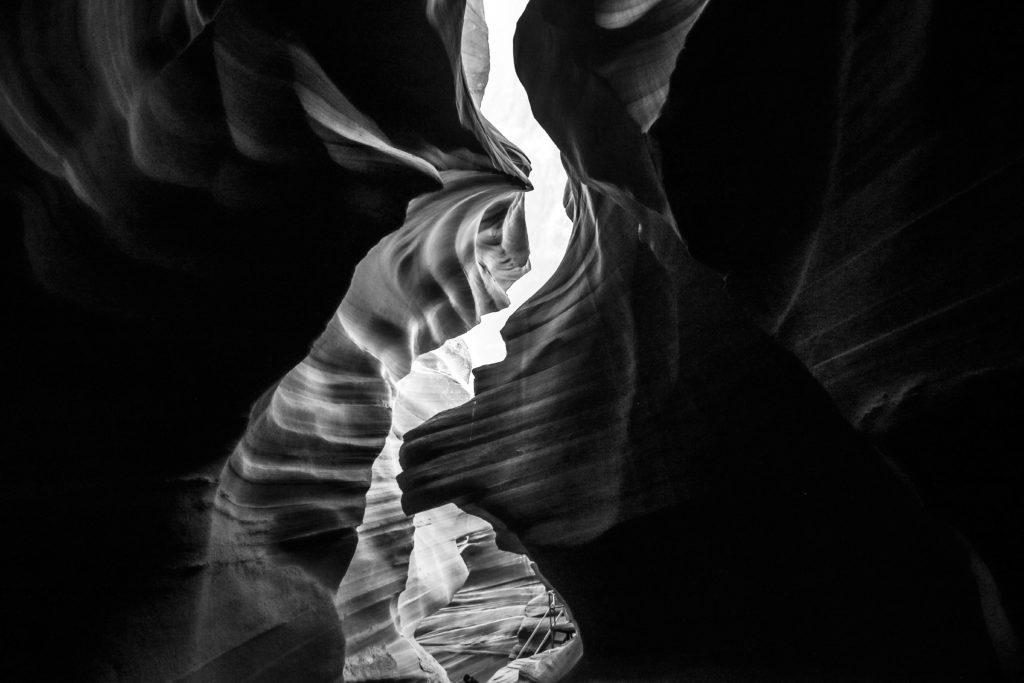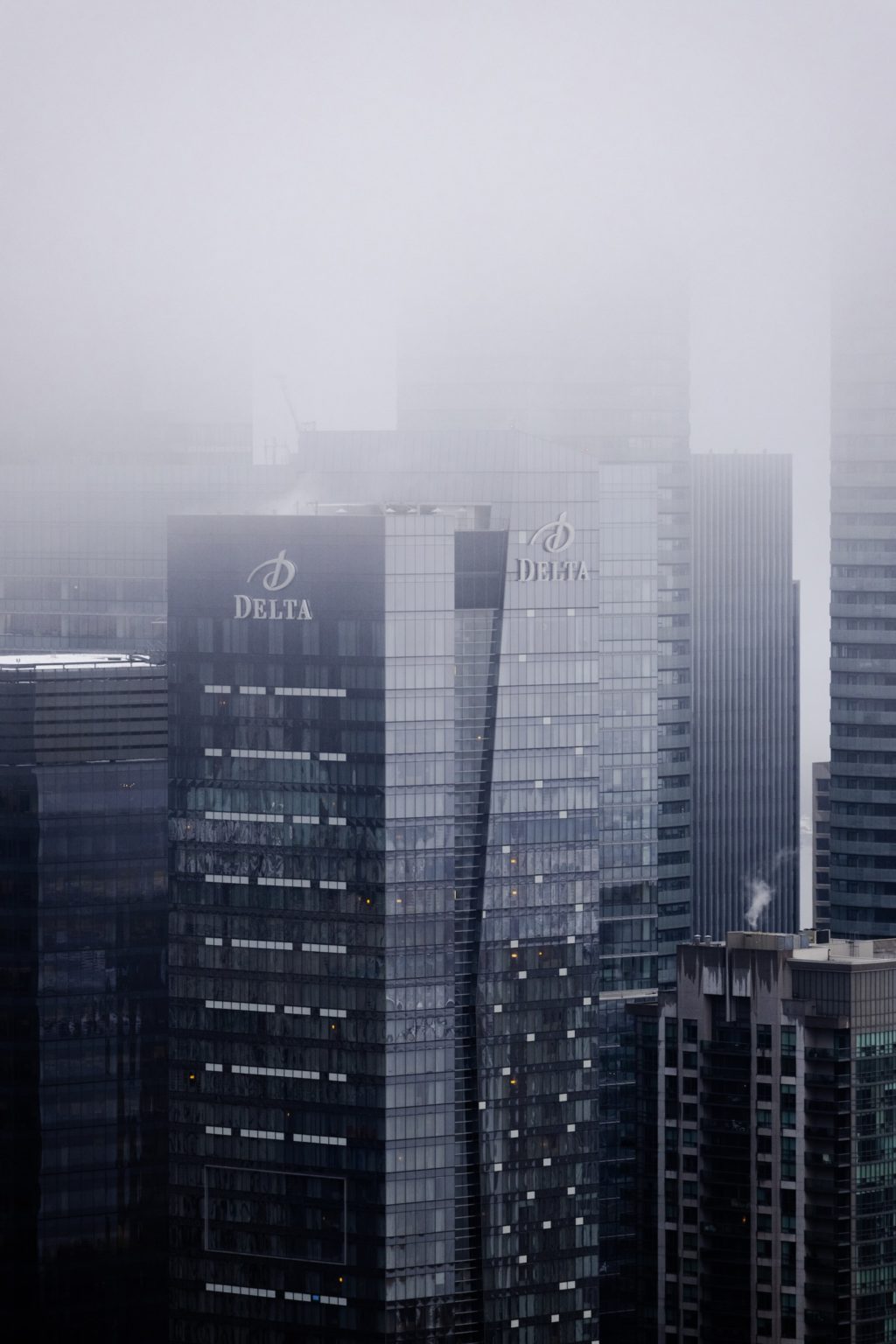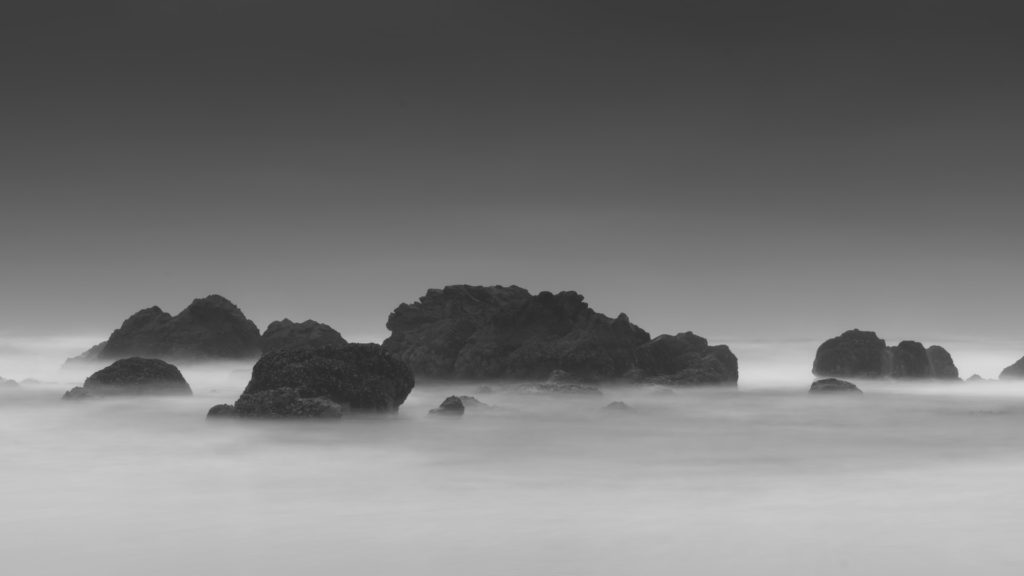One of the reasons that black and white photos resonate so profoundly with viewers is that they are aesthetically easy to digest — there are just shades of gray present. No color relationships to decipher.
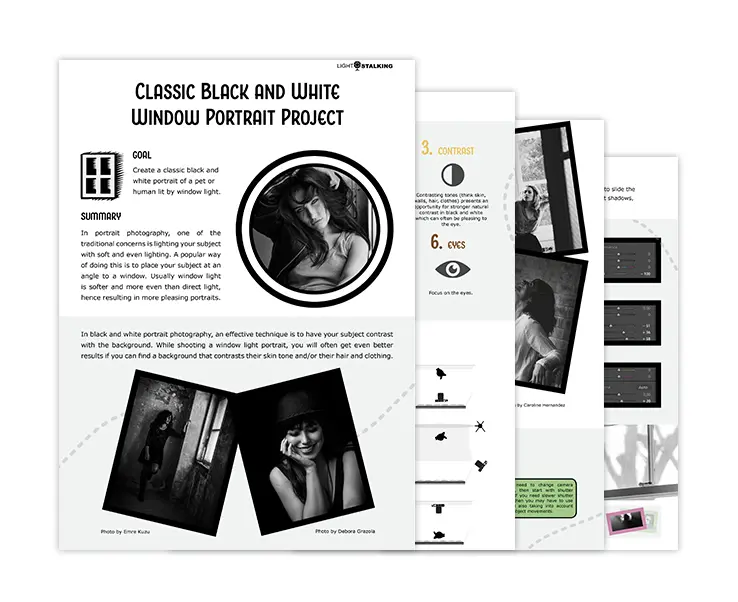
Want to improve your black and white photography game? This month's weekly Light Stalking Projects are on the theme of Black and White. Click here to take a look.
While there is a visual simplicity embedded in black and white photography, black and white photos aren’t always so simple to create if you don’t know where to start. Making really effective black and white images requires you to look at the world around you a bit differently.
The following three tips will tell you what to look for to create better black and white photos.
1. Look For Geometry And Texture
Color is often used as a visual anchor or as a way to catch the viewer’s attention. When you’re working in black and white (whether film or converting digital color images), patterns, textures and shapes can serve as attention grabbers.
From a weathered skin’s texture to the defining outline of a mountain range to the geometrical allure of a leaf, the absence of color actually allows you to bring the details of a subject to prominence.
Combining these details with flattering compositional choices will only strengthen your images. For example, you might fill the frame with a pattern or texture. Lines and curves work beautifully for minimalist/negative space images. An individual shape can be the primary point of interest in a shot.
Used effectively, elements such as shape and texture are exemplary substitutes for color.
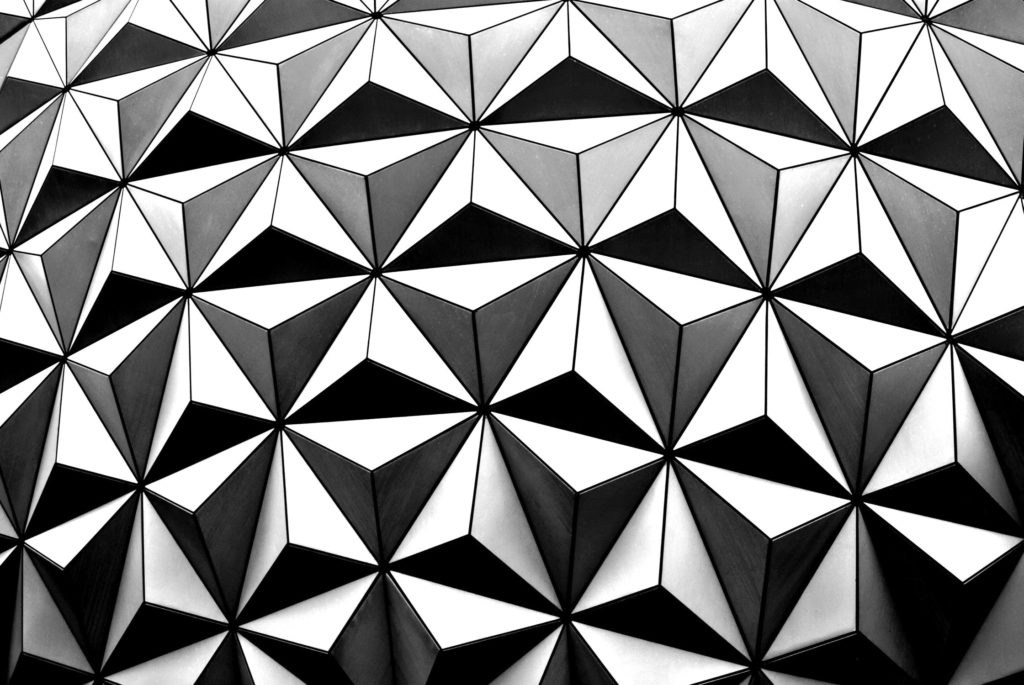
2. Look For Contrast
When you’re a new photographer one of the “rules” you often hear is to avoid shooting in midday light. Why? Because it’s harsh. And harsh light creates hard shadows, which are generally considered unflattering, particularly for portraits.

Want to improve your black and white photography game? This month's weekly Light Stalking Projects are on the theme of Black and White. Click here to take a look.
But high contrast scenes (often the result of harsh lighting) and black and white photography sort of go hand-in-hand.
The presence of distinct, well-defined highlights and shadows fill the role of creating visual interest when there is no color in the scene. High contrast scenes that would likely look bad in color can take on another — more dramatic — life in black and white.
This is what many photographers mean when they say they “see” in black and white. They recognize high contrast light and know that it will lend itself to a good black and white image.
Of course, you can still make nice black and white photos without very contrasty light. With low contrast black and white photos, however, you run the risk of getting a boring, gray image in the end. If that, somehow, is the look you’re going for, great. Otherwise you’ll need to spend more time tweaking the image in post.
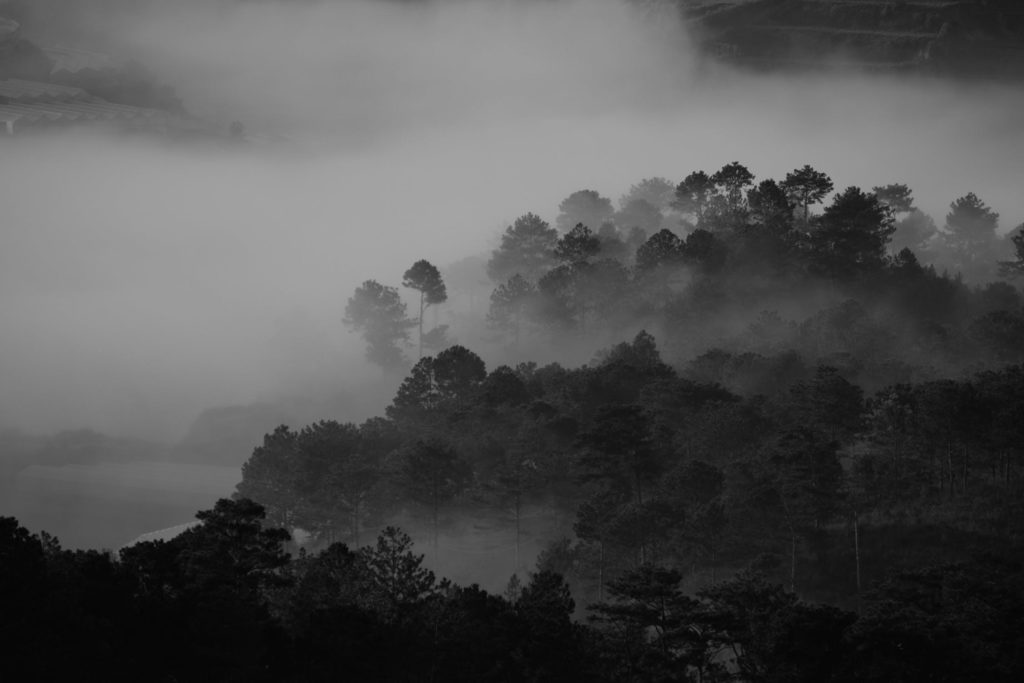
3. Look For Simplicity
We started off talking about simplicity so it seems fitting to end on that note as well.
You’ve heard all the mantras — “less is more”, “keep it simple”. These phrases are repeated because they have real value.
You don’t need intricate subjects or scenes to create a beautiful black and white photo. All you need is an interesting subject, a strong composition and the right light and you’ve got yourself a potentially incredible black and white image that will catch and keep every viewer’s attention.
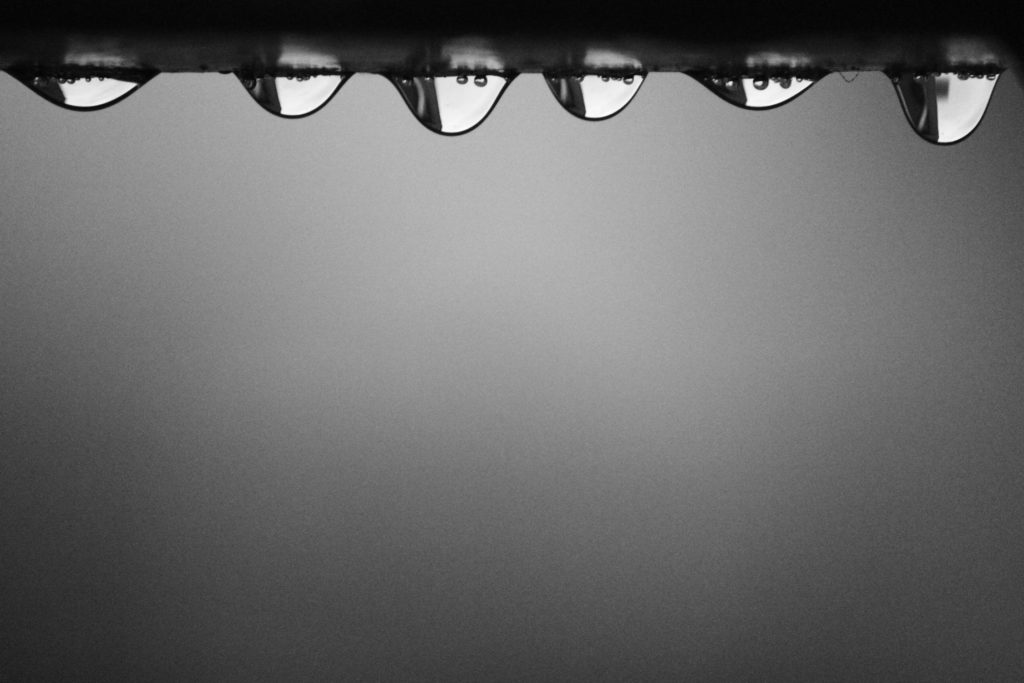
Final Thoughts
Black and white photography involves more than just importing a photo into Lightroom and doing a simple conversion. Yes, post-processing work is an important part of crafting a black and white image. But the best black and white images are the ones that are made before you even press the shutter button.
Further Reading
- 5 Surprisingly Simple Tips For Stunning Black And White Portraits
- 3 Free Guides for Perfect Black and White Photos
- 3 Powerful Tips To Get You Started With Black And White Photography
- Bite Size Tips: Basic Black and White Tips

Want to improve your black and white photography game? This month's weekly Light Stalking Projects are on the theme of Black and White. Click here to take a look.

